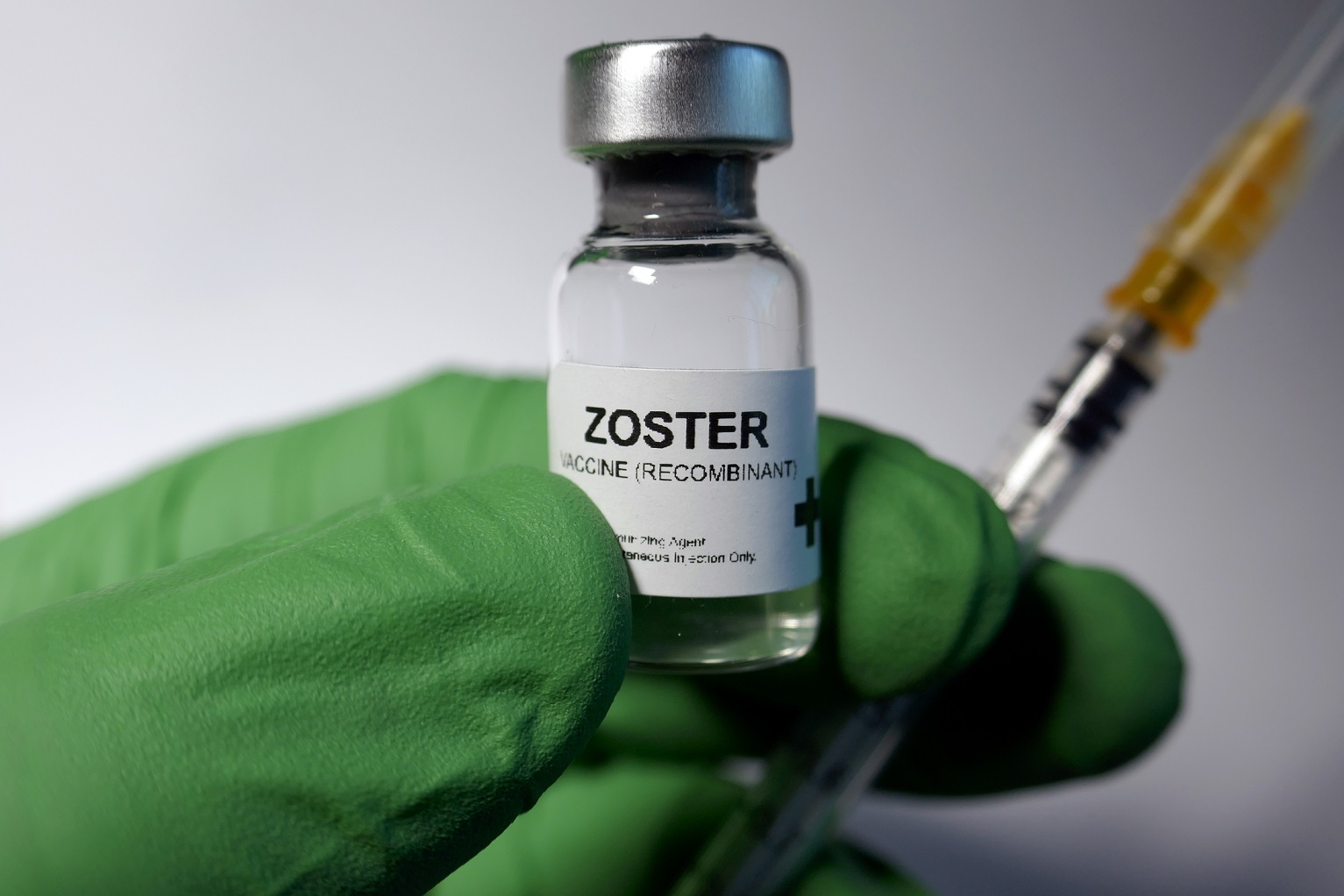- On global level, U.S. students demonstrate an average performance in math and science.
- Theories explaining stagnant or declining academic scores usually originate from sociologists, psychologists and educators.
- Physiologists, biochemists and toxicologists have an important and different perspective to contribute to the dialogue on academic performance.
Over the last few years, there have been several news stories reporting that American students rank in the middle of the pack on cross-national tests, particularly in mathematics and science.1 The largest cross-national test, the OECD’s Programme for International Student Assessment (PISA), is a triennial survey evaluating education systems on a global level through testing the skills of 15-year-old students and results are not encouraging.2
Although American students are scoring slightly higher on national math assessments since 1990 (with the exception of this year),3 the most recent PISA results from 2012 show that the U.S. ranks 35th and 27th out 46 countries in mathematics and science respectively.1 Among the 34 OECD member countries, the U.S. ranks 27th in mathematics and 20th in science.1
Theories used to explain educational trends are usually developed by sociologists, psychologists and educators. Although this is reasonable, given that social, psychological and educational factors largely influence educational trends, there does not appear to be much thought given to relying more on the expertise of biochemists, physiologists and toxicologists to investigate and perhaps provide a different perspective on why school children in the U.S. are not performing well. There may be important biological factors to consider when analyzing educational trends that reveal a decline in the cognitive abilities of U.S. students.
Immunization, Physiological Damage and Cognitive Function
Given the growing numbers of vaccinations children in the U.S. receive and our stringent enforcement of government vaccine policies and laws, more parents are questioning whether there is a potential toxic build up from use of too many vaccines that is negatively affecting the health and cognitive abilities of our children. A comparison of vaccine schedules in the G8 countries ranks the U.S. at the top with a total of 49 doses of vaccines by the age of six.4
Interestingly enough, of all the G8 countries, the U.S. ranked the lowest in math scores and 6th in science in the 2012 PISA survey.1 By no means does this imply correlation nor causation, however, it is an observation that is worth exploring especially since the Institute of Medicine published a report in 2013 stating that “key elements of the entire [child vaccine] schedule—the number, frequency, timing, order and age of administration of vaccines—have not been systematically examined in research studies.”5
Boyd Haley, a retired professor of chemistry at the University of Kentucky, has argued that exposure to toxic ingredients in vaccines leads to physiological damage, as a result, affecting the cognitive function of children.6 When discussing the substandard academic performance of American students, he states:
These are kids that are not called autistic; these are kids that are planning on going to college. I mean they are not dramatically damaged, but I think what we’ve seen is a damage to two generations of American children by the vaccine program—caused mainly on the boys—and we’re looking at that and saying, “Is something wrong with computers?” Or we blame, we beat on the education community, the community that’s responsible for education. I think they have been given an impossible job—trying to teach to children who have had their cognitive skills somewhat damaged by a vaccine program. And these are the bright ones.6
Dr. Haley’s research highlights that toxic metals inhibit the enzymes responsible for the production of heme.6 Heme is an iron compound that constitutes the pigment portion of hemoglobin molecule; it facilitates the production of hemoglobin for the purpose of transporting oxygen throughout the body.6 He explains that the presence of toxic metals in vaccines represses the production of heme, thus affecting oxygen flow to the brain leading to neurological problems.
There’s something wrong with our medicine and it may not be the medicine as much as it is the vaccination policy that’s causing us to have a lot of children that have speech problems or cognitive problems, health problems. I mean if you’re not making heme and you’re not carrying oxygen very well, you’re talking about chronic fatigue-type problems. If you can breathe well, but you don’t have the heme or the red cells to carry the oxygen to the appropriate spots in your brain or in your body, you are not going to be a healthy person. I mean just look at any animal population that’s been made toxic. You have the same effect.6
It is important to place this into a broader context and understand that not only are our children highly exposed to toxic ingredients in vaccines but also frequently exposed to toxic chemicals through the environment and in processed food products they consume on a daily basis. It is reasonable to question whether the combined effects of exposure to all these toxic substances have significant physiological and cognitive consequences on our children.
Competing in a Global Economy
The fact the American students are not performing exceptionally well in mathematics and science is a concerning issue when making projections about the health of our future workforce. The long-term impact on the U.S. economy as a result of these declining cognitive abilities among young Americans is bound to influence our ability to compete in a global market.
We are already witnessing a dependence on foreign students in science, technology, engineering and mathematics (STEM) graduate programs at U.S. universities. A report released in 2013 by the National Foundation for American Policy indicates that “there are some graduate STEM programs in which more than 90% of students are from outside the U.S.”7 The future of our country lies in the hands of our children. It is critical that we do everything possible to ensure their optimal health.
References:
1 Desilver D. U.S. Students Improving—Slowly—In Math and Science, But Still Lagging Internationally. Pew Research Center Feb. 2, 2015.
2 Organization for Economic Cooperation and Development. About PISA. OECD.org
3 Motoko R. Nationwide Tests Show Dip in Student’s Math Abilities. The New York Times Oct. 28, 2015.
4 British Medical Journal. Visualizing Childhood Vaccination Schedules Across G8 Countries. BMJ 2015; 351.
5 Institute of Medicine of the National Academies. The Childhood Immunization Schedule and Safety: Stakeholder Concerns, Scientific Evidence and Future Studies. Washington, D.C. The National Academies Press 2013.
6 Haley B, Small T. Interview with Dr. Boyd E. Haley: Biomarkers Supporting Mercury Toxicity as the Major Exacerbator for Neurological Illness, Recent Evidence Via Urinary Porphyrin Tests. Medical Veritas 2006; 3: 921-934.
7 Redden E. Foreign Student Dependence. Inside Higher Ed Jul. 12, 2013.











